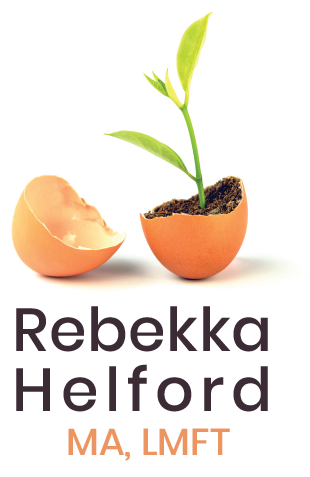It's time
In my work as a parent educator at Cassidy Preschool, I unintentionally stumbled upon one of my favorite and time (pun very much intended, you'll see) tested techniques for encouraging cooperation from children.
Have you ever noticed that if you give toddlers the opportunity to say "No," they will?
"Want to go to the store?"
"No! No store!"
"We're going to put on your shoes, okay?"
"No, okay?"
As you may have already realized by this point, saying "No" for toddlers is, as we say around here, entirely consistent with their character. And it's not really fair to pose a yes/no question when "No" isn't an acceptable answer to us. However, clearly, sometimes we're "asking" about something that really isn't optional. How do we respectfully invite cooperation when we know all too well the default setting?
The answer comes in the form of an ear worm of a song, for which I say both "you're welcome" and "I'm sorry" for its catchiness. Here's how it goes:
It's time to go to the store, it's time to go to the store,
it's time, it's time, it's time, it's time,
it's time to go to the store.
That's it. You can use the song, if you like - this is is how I sing it to my daughter to let her know it's time to get out of the tub:
But if you don't feel like learning a new song, you can do it to the tune of "The Farmer in the Dell:"
or "If You're Happy and You Know It:"
Or, if you don't feel like singing, just saying "It's time to..." instead of "Do you want to..." or "Let's do X, okay?" can be a powerful back-pocket tool for several reasons.
It gives our children adequate notice that something is about to happen (you may have also realized that transitions are also especially hard for toddlers).
It does not ask for their permission for said something to happen - instead it gives useful information.
It encourages parents to speak gently and firmly, whereas posing a question or adding the uptalk "Okay?" signify that there is wiggle room on the subject. My college speech professor Barbara Tannenbaum would invite us to imagine we are saying "D*mn it!" at the end of each sentence to prevent up talking, which undermines our message and makes everything we say sound like a wishy washy question.
If you use the song, you get the added bonus of music's power to transform affect. Especially among largely non-verbal folks (i.e., toddlers), we need equally non-verbal ways to create connection and shift mood. Songs are a great way to help young children move smoothly from one activity to the next.
Ready to sing with me now (don't worry, "No" is an acceptable response)?
It's time to end the blog post, it's time to end the blog post,
it's time, it's time, it's time, it's time,
it's time to end the blog post.
Rebekka Helford is a licensed marriage and family therapist in private practice in Los Angeles, California. With over a decade of experience working with parents and young children, Rebekka specializes in short-term intensive parenting consultation, using a variety of tools including home, office, and school visits to help families navigate developmental hiccups and get back on track. Virtual visits now available!
Click here to schedule an appointment or contact Rebekka with a question – who knows, she might even answer it in her next post!


